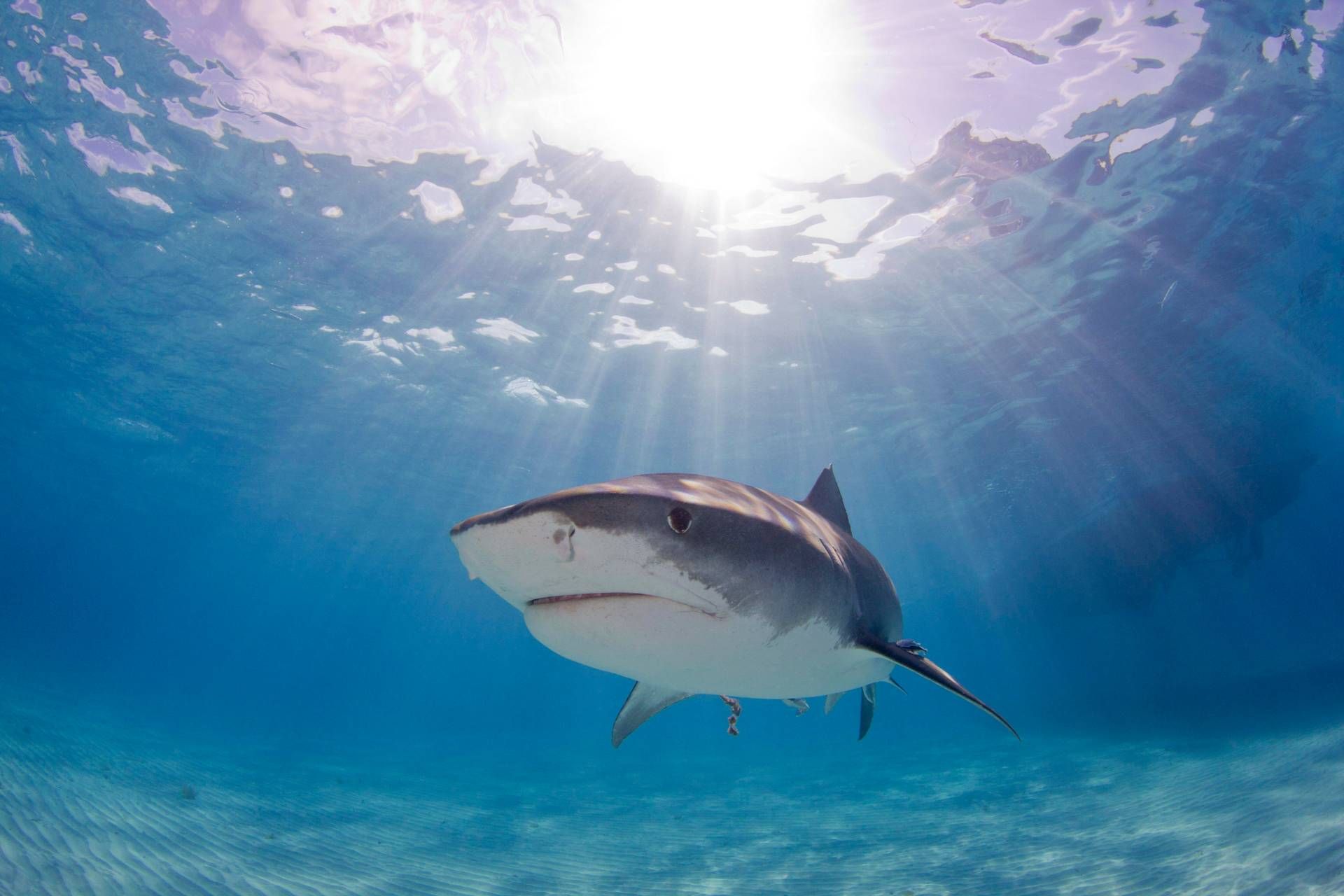Traces of Cocaine in Wild Sharks Off the Coast of Brazilthe shocking discovery made by scientists highlights the risks to marine life posed by the illegal cocaine trade. Brazilian sharpnose sharks (Rhizoprionodon Terraenovae) were caught by fishing fleets off the coast of Rio de Janeiro state, in southeastern Brazil, between September 2021 and August 2023. The 13 sharks, three males and 10 females, all tested positive for cocaine, the researchers write in a study published in the journal Science of the Total Environment.
The drug, together with benzoylecgonine, the main metabolite of cocaine, was found in muscle tissue and liver of fish. Researchers don’t know exactly how the sharks came into contact with the drug, but they suspect that traces of cocaine were likely dumped in the coastal region through sewage in rivers and urban canals. Another potential source of exposure, scientists say, are cocaine packages drifting in the water and undetected by drug traffickers or authorities, which pose a risk if sharks bite them.
That’s what happened to another large predator, Cocaine Bear, a 500-pound black bear in Georgia, USA, who overdosed on cocaine, believed to have been thrown from a drug dealer’s plane. The bear’s skeletal remains were discovered in 1985 by narcotics investigators. The story was loosely translated into a 2023 horror film, in which the bear went berserk. In reality, authorities believe the bear likely overdosed and died quickly.
The researchers say this is the first time cocaine has been detected in wild sharks anywhere in the world and that the findings “indicate the potential impacts of the presence of illicit drugs in the environment.” The researchers also fear that cocaine could re-enter the food chain; sharks are fished for their meat. Previous studies have found that illegal drugs and legal pharmaceuticals are accumulating in waters around the world, including in the state of São Paulo, where scientists say cocaine contamination poses an ecological threat to marine life, including mussels and oysters.
Researchers had previously found that the level of cocaine in the waters around Sao Paulo, Brazil’s most populous city, was similar to the amount of caffeine in coffee and tea, a “massive” concentration that has also been detected in the state’s drinking water. In 2019, British researchers found that freshwater shrimp were exposed to cocaine and other pharmaceuticals in the country’s rivers. According to the United Nations, global cocaine use has skyrocketed in recent decades. The study’s authors say Brazilians are among the biggest users of the drug in South America.
The Brazilian researchers chose to study the sharpnose shark because of its small size and the fact that it inhabits an area subject to significant sewage contamination, characteristics that make it an “environmental sentinel.” They found that cocaine levels were three times higher in the muscle than in the liver, and that female sharks had higher concentrations of cocaine in their muscle tissue than males. The amounts of cocaine and benzoylecgonine found in the sharks “exceeded levels reported in the literature for fish and other aquatic organisms by up to two orders of magnitude.”
